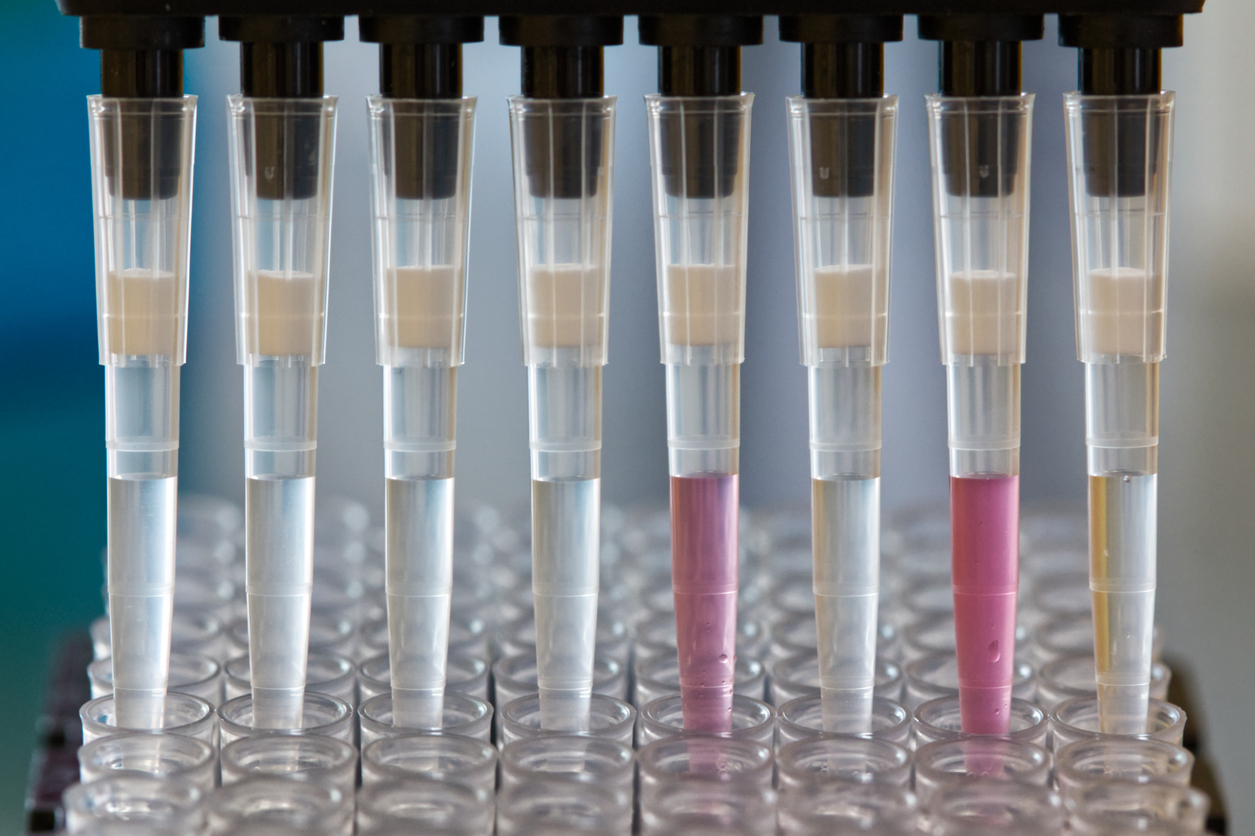Key Takeaways
- Enhanced Genetic Insights: Biobanks provide access to large-scale genomic data, enabling the discovery of rare genetic mutations.
- Accelerated Drug Development: By linking clinical and genomic data, biobanks streamline the identification of therapeutic targets.
- Improved Patient Recruitment: Biobanks facilitate the identification of patients with rare diseases, speeding up clinical trial recruitment.
- Global Collaboration: Biobanks promote data sharing across institutions, fostering international partnerships in rare disease research.
Rare diseases affect millions of people worldwide, yet their low prevalence and diverse genetic underpinnings make them notoriously challenging to study. Biobanks, which systematically collect, store, and manage biological samples and associated data, have emerged as a transformative resource for rare disease research. By integrating genomic, clinical, and phenotypic data, biobanks are accelerating discoveries and enabling new therapies. However, the study of rare disease often requires additional complementary resources, such as disease registries and patient advocacy groups, to address data gaps and enable discovery. Below, we explore how biobanks are used alongside other resources to reshape the rare disease research landscape.
Unveiling the Genetic Basis of Rare Diseases
Biobanks provide researchers with access to vast repositories of biological samples linked to detailed clinical data, enabling the identification of rare genetic mutations. Key contributions include:
- Genomic Sequencing at Scale: Many biobanks house large-scale whole-genome sequencing (WGS) data. This allows researchers to pinpoint genetic variations associated with rare diseases, uncovering previously unknown pathways.
- Multimodal Data Integration: By combining genomic data with imaging, laboratory, and other electronic health record (EHR) data, biobanks enable a comprehensive understanding of disease mechanisms. This multimodal approach is particularly important in rare diseases, where smaller patient populations require researchers to extract as much information as possible through deep analyses.
- Population-Specific Insights: Biobanks that prioritize diversity ensure that rare disease research is inclusive, uncovering mutations prevalent in underrepresented populations.
Accelerating Drug Discovery and Development
Biobanks play a crucial role in bridging the gap between basic research and clinical application. Their contributions to drug development include:
- Target Identification: Linking genomic mutations to clinical phenotypes helps identify actionable targets for drug development. For example, biobanks with genetic data from spinal muscular atrophy participants support ongoing research into the survival motor neuron 1 (SMN1) gene and related therapeutic targets.
- Biomarker Discovery: Biobanks facilitate the identification of biomarkers for early diagnosis, treatment monitoring, and patient stratification. For instance, biobanks have provided data to validate biomarkers for Fabry disease with potential to improve diagnostic accuracy and treatment outcomes.
- Repurposing Existing Therapies: By analyzing biobank data, researchers can identify new uses for approved drugs, expediting the treatment pipeline for rare diseases. For example, large-scale genomic biobanks have provided researchers with insights into genetic predispositions and drug responses that support efforts to repurpose antihypertensive therapies.
Enhancing Patient Recruitment for Clinical Trials
Recruiting participants for rare disease clinical trials is notoriously difficult due to the limited patient pool. Alongside disease registries, biobanks play an important role in connecting researches to eligible participants by:
- Providing Centralized Data Resources: Biobanks store biological samples linked to detailed genomic and clinical data, helping researchers identify eligible participants for rare disease trials.
- Creating Global Registries: International biobank consortia promote collaboration and data sharing that create opportunities to expand the pool of potential trial participants.
- Enabling Real-Time Access to Data: Modern biobanks often employ digital platforms that allow researchers to access up-to-date clinical and genomic data, accelerating recruitment processes.
Addressing Challenges in Biobank Utilization
While the impact of biobanks is profound, there are challenges to their effective use in rare disease research. These include:
- Data Privacy and Security: Ensuring the confidentiality of sensitive genomic and clinical data is critical for fostering trust among research participants.
- Ethical Considerations: Researchers must navigate ethical concerns related to informed consent, data sharing, and the return of results to participants. Collaboration with patient advocacy groups helps ensure a thoughtful and transparent approach that prioritizes the rights of participants.
- Data Interoperability: Differences in data formats and standards across biobanks can hinder integration and analysis.
Efforts to address these challenges include implementing rigorous data governance frameworks and advanced analytics, demonstrating how biobanks can enable rare disease breakthroughs while maintaining ethical and regulatory compliance.
The Future of Biobanks in Rare Disease Research
As technology advances, the role of biobanks in rare disease research is expected to grow even more significant. Emerging trends include:
- Artificial Intelligence (AI) Integration: AI-powered tools will enhance the ability to analyze complex datasets, uncovering patterns and insights that were previously inaccessible.
- Multiomic Data Expansion: Incorporating transcriptomic, proteomic, and metabolomic data will provide a more holistic view of disease mechanisms.
- Decentralized Biobanking: Advances in remote sample collection and digital health tools will make it easier to include patients from diverse geographic and socioeconomic backgrounds.
Conclusion
Biobanks have fundamentally transformed the landscape of rare disease research. By providing access to rich, multidimensional datasets, they are accelerating discoveries and enhancing research and development. Moving forward, greater integration and collaboration among biobanks, disease registries, and patient advocacy groups will ensure continued progress in understanding and treating rare diseases.
References
- Lazareva, TE, et al. (2022). Biobanking as a tool for genomic research: from allele frequencies to cross-ancestry association studies. https://doi.org/10.3390/jpm12122040
- Biobanking and Biomolecular Resources Research Infrastructure – European Research Infrastructure Consortium (BBMRI-ERIC). (2025). https://www.bbmri-eric.eu/
- Oskoui, M, et al. (2021). The Canadian Neuromuscular Disease Registry: A national spinal muscular atrophy (SMA) registry for real world evidence (4420). https://doi.org/10.1212/WNL.96.15_supplement.4420
- Gilchrist, M, et al. (2022). Prevalence of Fabry disease-causing variants in the UK Biobank. https://doi.org/10.1136/jmg-2022-108523
- Gill, D, et al. (2019). Use of genetic variants related to antihypertensive drugs to inform on efficacy and side effects. https://doi.org/10.1161/CIRCULATIONAHA.118.038814


